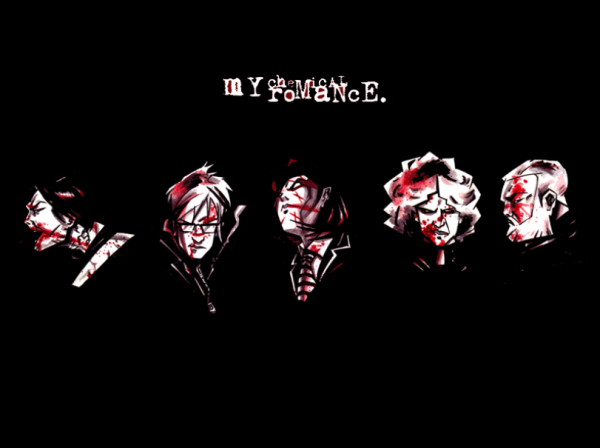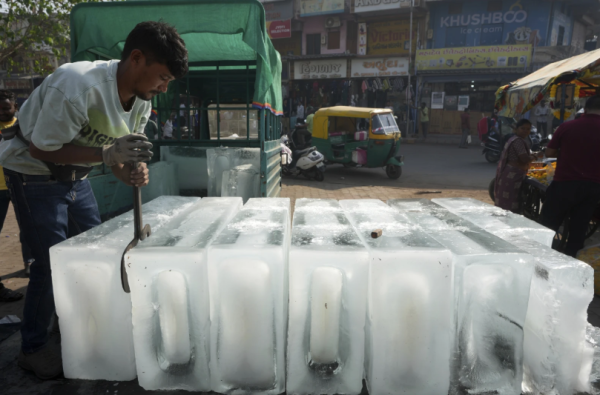A Look into Famous Japanese Temples

All images via Kirito Machida
I visited two very famous Japanese temples while on a recent trip to Tokyo, Japan. The temples were 泉岳寺 (Sengakuji Temple) and 浅草寺 (Sensouji Temple), located in different parts of Tokyo.
Both are buddhist temples that have long histories and are still used regularly today. Sengakuji is known for housing the 47 Ronin, samurai in a Japanese historical event and folk tale, and Sensouji is known for its large gate and lantern, 5-story pagoda, and being the oldest temple in Tokyo.
Sengakuji was the less crowded temple of the two and had a museum, among other attractions, based around the 47 Ronin. The 47 Ronin, in short, were real samurai and served a smaller lord in the year 1701. That lord was summoned to the imperial palace but was tricked, embarrassed himself, and then executed for drawing his sword against the lord who tricked him. The Ronin retired, living self-indulgently so that no one suspected their revenge which they enacted a year later, killing the lord who tricked their master. For their crimes, they were executed and buried at Sengaku-ji temple. While vengeful, their story is remembered for its themes of justice and righteousness which led to plays and reenactments of their story.
The temple had multiple museums of letters the ronin sent, weapons they used, and details about them and the event. At the grave plot, there is a vendor who sells charms and incense that you can burn at the gravestones. There was also a large incense pot and various other temple buildings.
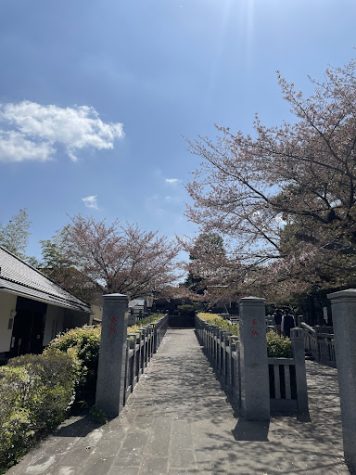
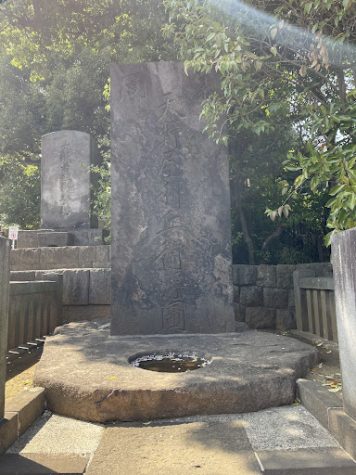
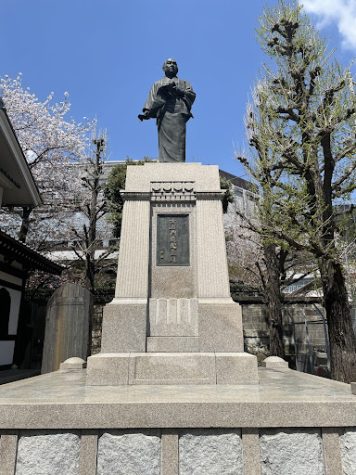
Sensou-ji was much busier and larger with massive temple buildings and a long street with an assortment of stores selling food, apparel, souvenirs, and religious items like charms or fortunes. It is famous for the Kaminarimon, a large gate with a lantern hanging in it and statues of the thunder and wind gods, Raijin and Fujin.
The massive street of stores had a broad range of goods and seeing them all in one day would be a struggle. The temple itself had many people crowding around and saying prayers and the large garden next to the temple was very beautiful and even had some koi fish swimming around. There, I did something called おみくじ or 御神籤 (Omikuji) where we randomly drew sticks and got a fortune that corresponded to the number on the stick. I got 大吉 (dai-kichi), great luck, which is the highest one. Though the possibilities can vary, there are typically many different ones possible: great luck, middling luck, small luck, normal luck, half luck, future luck, and small future luck as well as curse or unlucky versions of each. They also provide bits of advice and ways your luck may take shape.
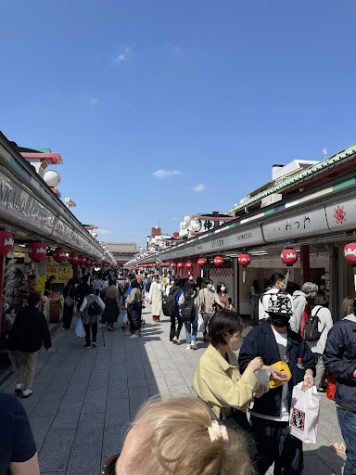
Both temples have a lot to offer, much more than can be said briefly, and are very interesting historically on top of everything else. They are fantastic places to visit if you are ever sightseeing.
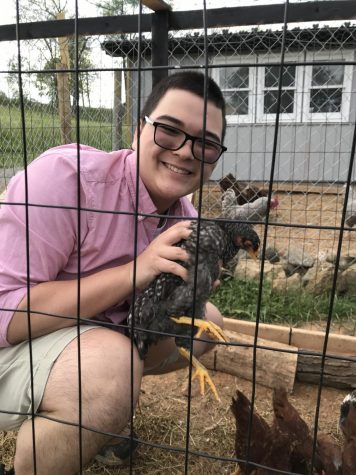
Kit, or Kirito, Machida is a staff writer for the sentinel and a senior at South Lakes High School. He is an IB diploma student and is interested in computer...












